6 of the Best Home Storage Containers... And When to Use Them
A professional organiser shares her top tips on how to categorise your items and reveals which containers to use
Patricia Lee
2 December 2019
Houzz Contributor. Patricia Lee is a professional home organizer in the San Francisco Bay Area. She is the co-owner of Tailorly with her business partner Jeanne Taylor. Together they create beautiful homes through decluttering, organizing, and styling. For more information visit www.tailorly.net.
Houzz Contributor. Patricia Lee is a professional home organizer in the San Francisco... More
As a professional home organiser, I have a love-hate relationship with storage containers. My mission is to help my clients create spaces that function efficiently, feel relaxing and reflect their personal style. This almost always involves decluttering. And while storage containers can be a great way to organise belongings once they have been decluttered, relying on containers too early can backfire.
More specifically, storage containers can distract some people from the decluttering process. Some of my clients are tempted to use the size of the container to determine what to keep, rather than actually focusing on the harder decision about whether an item itself should stay or go.
Storage containers can also enable people to put off the decision-making process by neatly housing their possessions. Out of sight leads to out of mind, and storage boxes can easily build up into overwhelming clutter. Even hidden clutter that doesn’t impose on your everyday life can rob you of peace because it stays on your subconscious to-do list.
So, if you are going to use storage containers – which, again, are wonderful tools when used appropriately – declutter your items first. After that, here’s what I recommend.
Find a professional organiser near you on Houzz
Storage containers can also enable people to put off the decision-making process by neatly housing their possessions. Out of sight leads to out of mind, and storage boxes can easily build up into overwhelming clutter. Even hidden clutter that doesn’t impose on your everyday life can rob you of peace because it stays on your subconscious to-do list.
So, if you are going to use storage containers – which, again, are wonderful tools when used appropriately – declutter your items first. After that, here’s what I recommend.
Find a professional organiser near you on Houzz
Categorise Your Items Before Choosing Storage Containers
1. Identify belongings for deep storage
These are items that you likely won’t use but can’t part with, such as sentimental clothes, old books or photos, wedding mementos or childhood memorabilia. Because these items won’t be accessed regularly and may be of great sentimental value to you, store them in containers that will keep them safe. Sometimes a plastic lidded tub will do, and at other times an acid-free box is called for. Do some research to find out the proper way to store the pieces that mean a lot to you.
1. Identify belongings for deep storage
These are items that you likely won’t use but can’t part with, such as sentimental clothes, old books or photos, wedding mementos or childhood memorabilia. Because these items won’t be accessed regularly and may be of great sentimental value to you, store them in containers that will keep them safe. Sometimes a plastic lidded tub will do, and at other times an acid-free box is called for. Do some research to find out the proper way to store the pieces that mean a lot to you.
2. Identify items for seasonal or occasional storage
Pieces you use seasonally or infrequently should not take up prime real estate and clutter the flow of your home’s main spaces. However, they should still be accessible. For example, platters and extra place settings used for occasional entertaining may not need to be housed in your kitchen cabinets, but could instead go in the back corner of your laundry or pantry. Just don’t store these items too deeply, or you may be prone to purchasing duplicates just to avoid the hassle of digging out the ones you already own.
Additional examples of occasional items are Christmas decorations, camping equipment, swimming pool items that may need to be stored during winter, dress-up costumes, travel items and seasonal clothing. Organising your occasional storage by category makes retrieving these items easier. But be sure the categories make sense for you. For example, your pumpkin-patterned tablecloth may work better in a Halloween and Christmas storage box than in your general entertaining category.
Pieces you use seasonally or infrequently should not take up prime real estate and clutter the flow of your home’s main spaces. However, they should still be accessible. For example, platters and extra place settings used for occasional entertaining may not need to be housed in your kitchen cabinets, but could instead go in the back corner of your laundry or pantry. Just don’t store these items too deeply, or you may be prone to purchasing duplicates just to avoid the hassle of digging out the ones you already own.
Additional examples of occasional items are Christmas decorations, camping equipment, swimming pool items that may need to be stored during winter, dress-up costumes, travel items and seasonal clothing. Organising your occasional storage by category makes retrieving these items easier. But be sure the categories make sense for you. For example, your pumpkin-patterned tablecloth may work better in a Halloween and Christmas storage box than in your general entertaining category.
3. Identify frequently-used items
Frequently-used items should be placed in prime, easy-to-access spaces. Using storage containers to corral these items can provide that extra level of organisation. For instance, if you always use 12 ramekins at a time, then placing them all in a storage box or container will let you retrieve them faster.
The Key Dimensions to Know When Designing Storage
Frequently-used items should be placed in prime, easy-to-access spaces. Using storage containers to corral these items can provide that extra level of organisation. For instance, if you always use 12 ramekins at a time, then placing them all in a storage box or container will let you retrieve them faster.
The Key Dimensions to Know When Designing Storage
Storage Containers to Consider
1. Open baskets for everyday items
Rattan, canvas, sea grass and wire baskets come in many sizes, colours and patterns and can add to the aesthetic appeal of your room. These are most effective for everyday items such as toys, laundry, blankets, pillows, pet supplies and frequently-used objects. A basket’s lack of a lid may even make family members more likely to put items away and help keep your home in order.
1. Open baskets for everyday items
Rattan, canvas, sea grass and wire baskets come in many sizes, colours and patterns and can add to the aesthetic appeal of your room. These are most effective for everyday items such as toys, laundry, blankets, pillows, pet supplies and frequently-used objects. A basket’s lack of a lid may even make family members more likely to put items away and help keep your home in order.
2. Stackable bins for small items on shelves
Small, open, stackable bins are perfect for keeping small parts – such as nails, screws, nuts and bolts – neatly separated. They also work for crayons, hair ties and craft items. I use them in my laundry room for sponges, dusters, bin liners and rubber gloves. These come in many sizes, and stacking them allows the plastic storage bins to easily fit on narrow or deep shelves.
Small, open, stackable bins are perfect for keeping small parts – such as nails, screws, nuts and bolts – neatly separated. They also work for crayons, hair ties and craft items. I use them in my laundry room for sponges, dusters, bin liners and rubber gloves. These come in many sizes, and stacking them allows the plastic storage bins to easily fit on narrow or deep shelves.
3. Acrylic organisers inside drawers and cabinets
I love these organisers – because they come in so many sizes, you can create your own combinations to fit a drawer, cabinet or refrigerator. They’re modular, so you can choose the exact size you want in order to minimise wasted space: a tiny tray for paperclips, a long and narrow one for eyeliners or a deeper one in the pantry for vinegars.
I love these organisers – because they come in so many sizes, you can create your own combinations to fit a drawer, cabinet or refrigerator. They’re modular, so you can choose the exact size you want in order to minimise wasted space: a tiny tray for paperclips, a long and narrow one for eyeliners or a deeper one in the pantry for vinegars.
4. Acid-free archival boxes for sentimental items
Items that can degrade must be handled with special care. Photographs, scrapbooks, sentimental letters, papers and vintage clothing should be stored in breathable acid-free boxes. These boxes should be kept away from sunlight, heat, humidity, dust, bugs and other pests.
Typically, such items are categorised as deep storage, and you must take care that your deep storage location is not a breeding ground for pests such as clothes moths. Many insects love warm, dark spots with moisture, so choose a dry, climate-controlled location. They also like to feast on natural fibres and are attracted to stains and dirt on clothing, so be sure to clean your garments before storing them.
Items that can degrade must be handled with special care. Photographs, scrapbooks, sentimental letters, papers and vintage clothing should be stored in breathable acid-free boxes. These boxes should be kept away from sunlight, heat, humidity, dust, bugs and other pests.
Typically, such items are categorised as deep storage, and you must take care that your deep storage location is not a breeding ground for pests such as clothes moths. Many insects love warm, dark spots with moisture, so choose a dry, climate-controlled location. They also like to feast on natural fibres and are attracted to stains and dirt on clothing, so be sure to clean your garments before storing them.
5. Clothing storage bags for seasonal clothes
Fabric clothing bags are great for seasonal clothing or children’s clothing that needs to be saved for a younger child. Label bags and organise them by age, gender, season or purpose (for example, maternity clothes or ski clothes), so one bag can be pulled out at a time as needed.
While fabric bags are fine for seasonal or occasional storage, sentimental clothing you plan to place in deep storage should be properly packed into boxes or bags made of breathable, acid-free materials, as described in the previous section.
Essential Wardrobe Organisation Principles
Fabric clothing bags are great for seasonal clothing or children’s clothing that needs to be saved for a younger child. Label bags and organise them by age, gender, season or purpose (for example, maternity clothes or ski clothes), so one bag can be pulled out at a time as needed.
While fabric bags are fine for seasonal or occasional storage, sentimental clothing you plan to place in deep storage should be properly packed into boxes or bags made of breathable, acid-free materials, as described in the previous section.
Essential Wardrobe Organisation Principles
6. Plastic containers for other items
Plastic containers are not the most environmentally friendly option, but sometimes they’re the most effective. They are strong, durable and lightweight and can protect their contents from pests and moisture. They stack well and are usually transparent, making identifying their contents easy.
There are so many choices of plastic containers that you should be able to find something that works for most of your needs. I would suggest keeping to the same style of container in each room so the containers stack properly and you have a uniform look.
Beyond regular storage boxes, there are many well-designed products for specific purposes that may suit your needs perfectly. For example, consider ornament boxes, wineglass containers, small drawer cabinets (for items such as beads or screws) and tea-bag boxes that can go straight from cabinet to tabletop.
Plastic containers are not the most environmentally friendly option, but sometimes they’re the most effective. They are strong, durable and lightweight and can protect their contents from pests and moisture. They stack well and are usually transparent, making identifying their contents easy.
There are so many choices of plastic containers that you should be able to find something that works for most of your needs. I would suggest keeping to the same style of container in each room so the containers stack properly and you have a uniform look.
Beyond regular storage boxes, there are many well-designed products for specific purposes that may suit your needs perfectly. For example, consider ornament boxes, wineglass containers, small drawer cabinets (for items such as beads or screws) and tea-bag boxes that can go straight from cabinet to tabletop.
Finally, be creative as you seek the ideal storage containers for your belongings. A tall, narrow metal bin cold contain your wrapping paper. An ornament box may be ideal for your child’s snow-globe collection. The perfect storage match is out there – it just may not be immediately apparent.
Tell us
How have you used storage containers to organise your home in style? Tell us in the Comments below, like this story, save the images, and join the conversation.
Tell us
How have you used storage containers to organise your home in style? Tell us in the Comments below, like this story, save the images, and join the conversation.
Related Stories
Lighting
How to Plan Lighting Into Your Renovation Project
Whether you want to update or completely renew your electrics, it’s never too early to start planning, say our experts
Full Story
Bathroom Guides
Expert Advice: Which Flooring Should I Choose for My Bathroom?
There’s a huge choice of materials, but which is right for your bathroom? Four experts help you choose from 12 materials
Full Story
How-To Guides
How to Feng Shui Your Apartment
By joeyyap
How can this traditional technique be used for apartments, condominiums, and other high-rise buildings?
Full Story
Lighting
8 Steps to Do an Electrical Walk-Through of Your Home
By David Warfel
To create the best lighting plan for your home and avoid common mistakes, take these steps before you renovate
Full Story
Architecture
An Architect Tells Us How to Read Floor Plans
Understanding floor plans is a must when building or doing an A&A. Learn how to in the first of our two-part guide
Full Story
Sustainability
Ask a Pro: How do I Incorporate Sustainable Materials in My Home?
By Niki Bruce
When it comes to having a sustainable home, it is important to choose the right materials
Full Story
Architecture
All You Need to Know About Pocket Doors
Get a handle on the smart slide-and-hide solution for versatile spaces
Full Story
Interior Design
8 Open-Plan Room Blunders... and How to Avoid Them
Free-flowing and contemporary – there's much to love about open-plan living. Five experts reveal decor mistakes to avoid
Full Story
Living Rooms
Designers' Tips and Tricks for Maximising a Small Living Room
Follow these small-space tips from interior designers and architects to help you plan your compact reception room
Full Story
Expert Advice
9 Tips from Pro Organisers to Help You Plan Perfect Storage
Follow this expert advice to ensure your storage is designed to help you keep every room tidy and ordered
Full Story


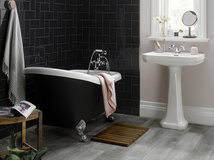
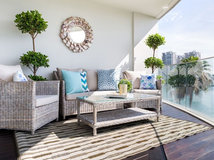
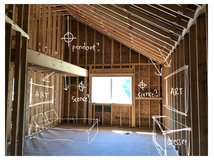
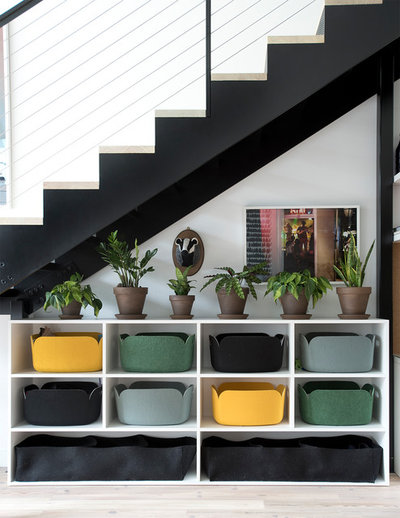
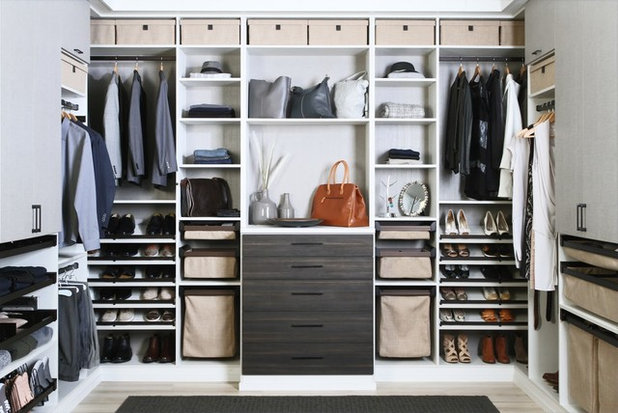
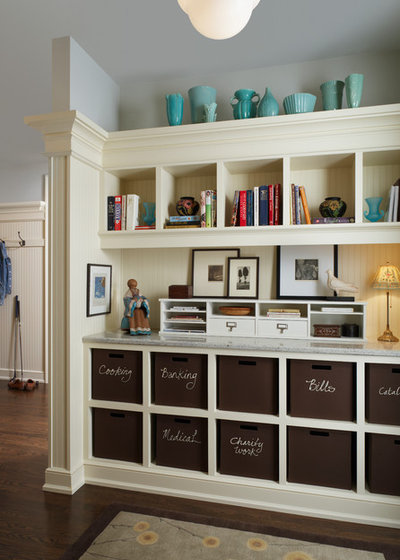
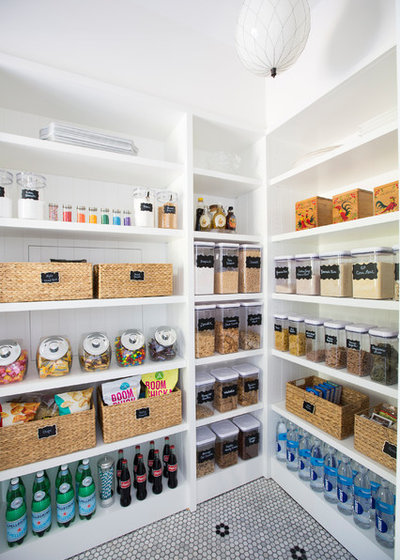
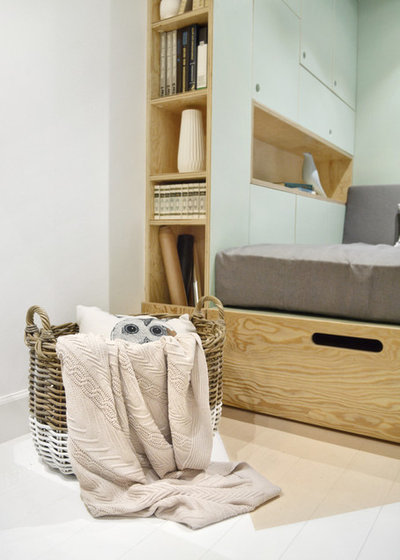
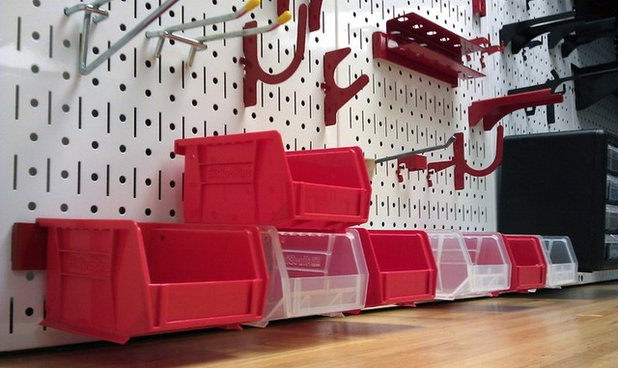
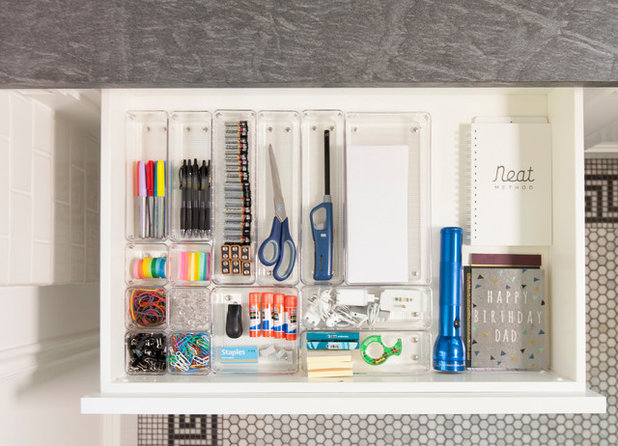
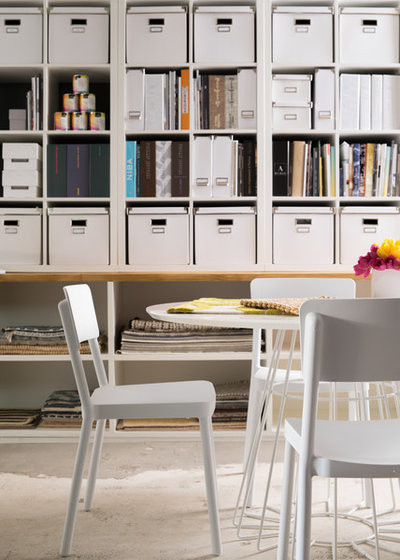
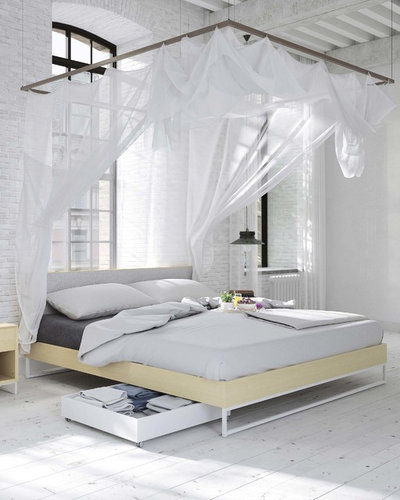
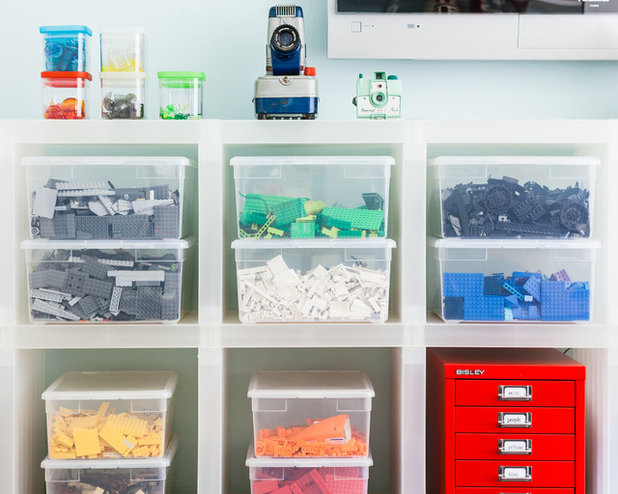
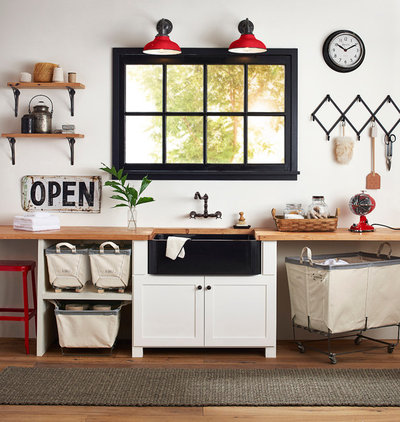
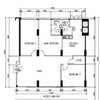

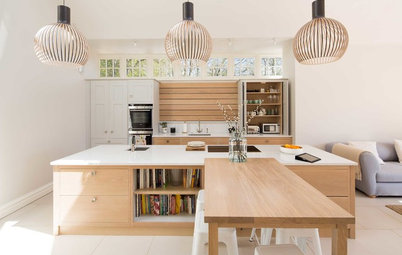
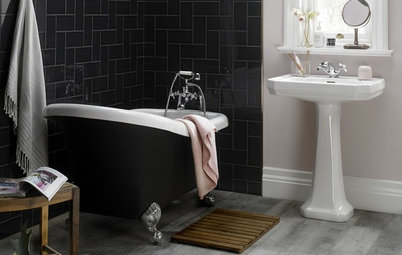
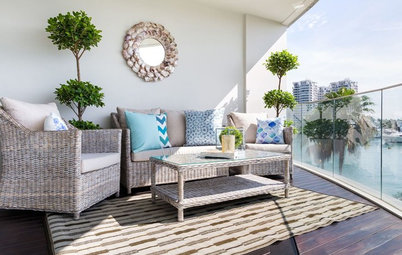
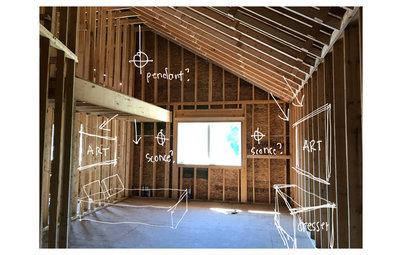
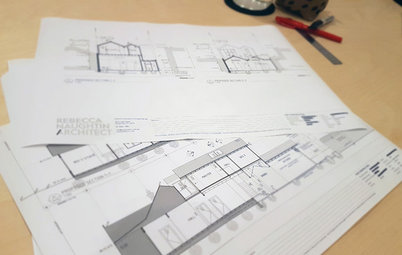
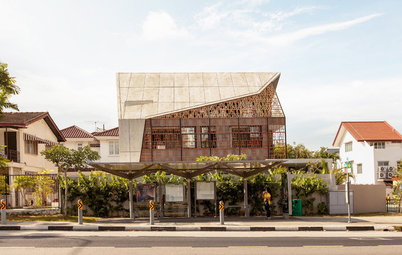
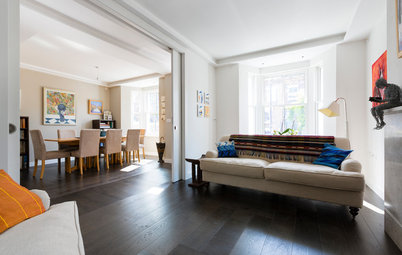
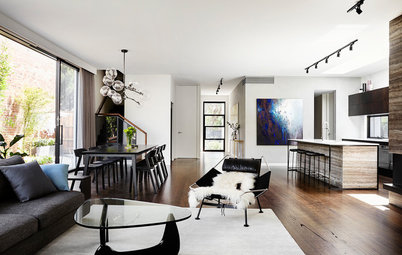

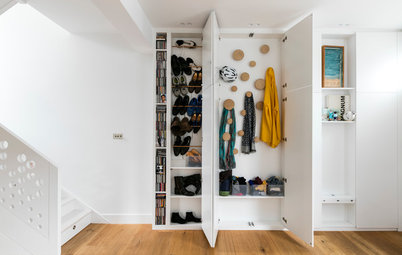
Part of the joy of playing with LEGO is rummaging through a big container and allowing your imagination to do the rest so I hope the image of the neatly stacked boxes of colour co-ordinated pieces does not inspire any neat momma's to turn their childs playroom into a dystopian nightmare!
oiee
I have a plywood 25 shoes pair rack (was 20$ at Target). I stuff it in one closet and add in each space the boxes from swiffer pads (fit perfect). I have half of them with shoes, but the other spaces have shoes inserts, pads, belts, tools for repairs, such as watch repair kit, jewelry repair kit, and so on. In another closet I installed an old bookcase, and I got lots of shelfs without having to use any nails or buy any new racks.